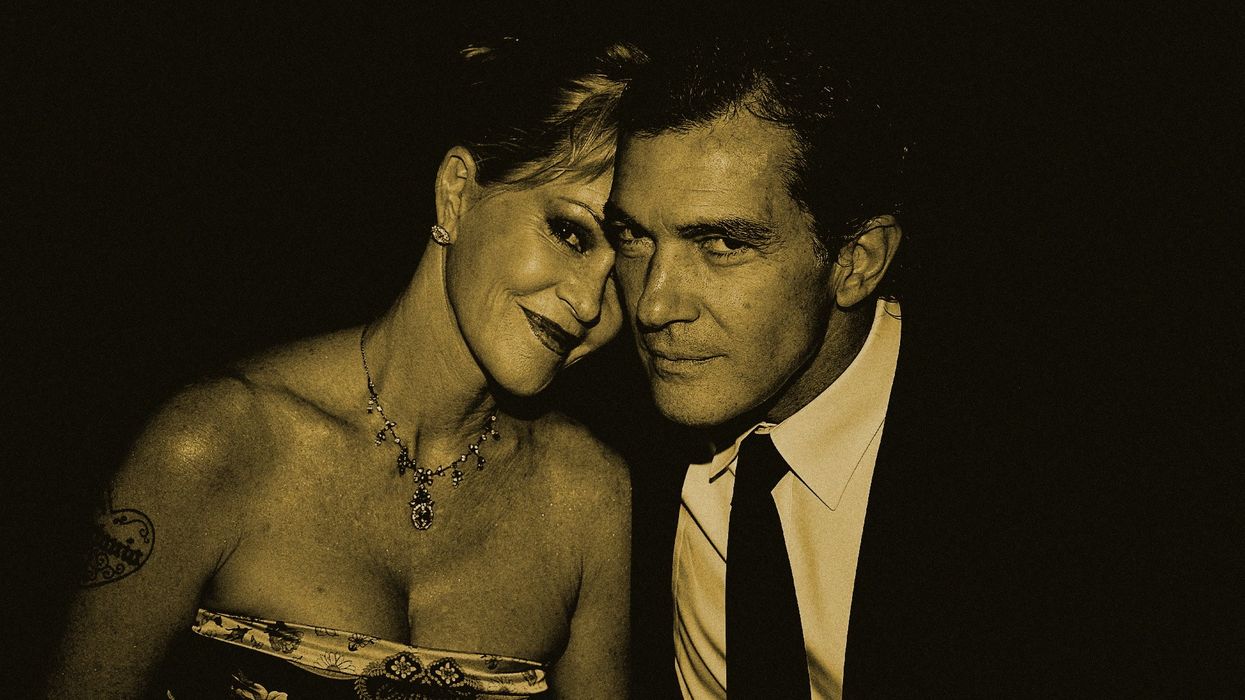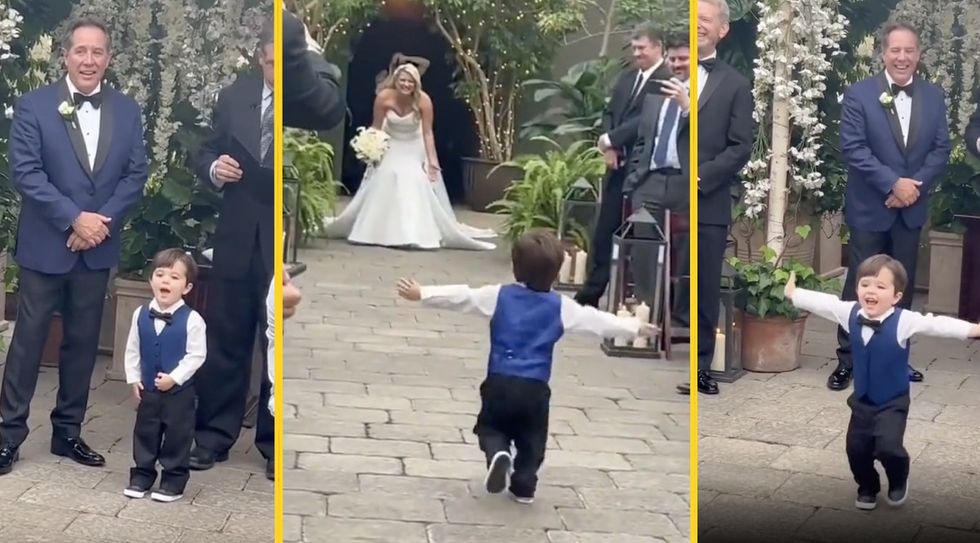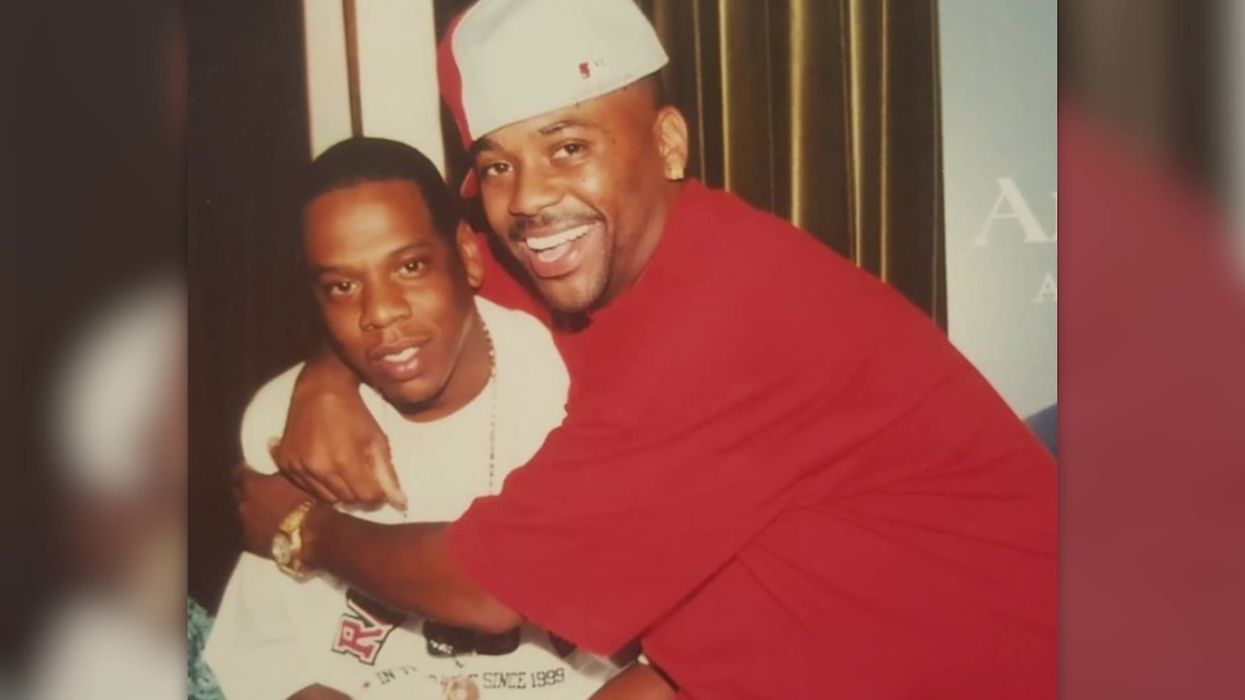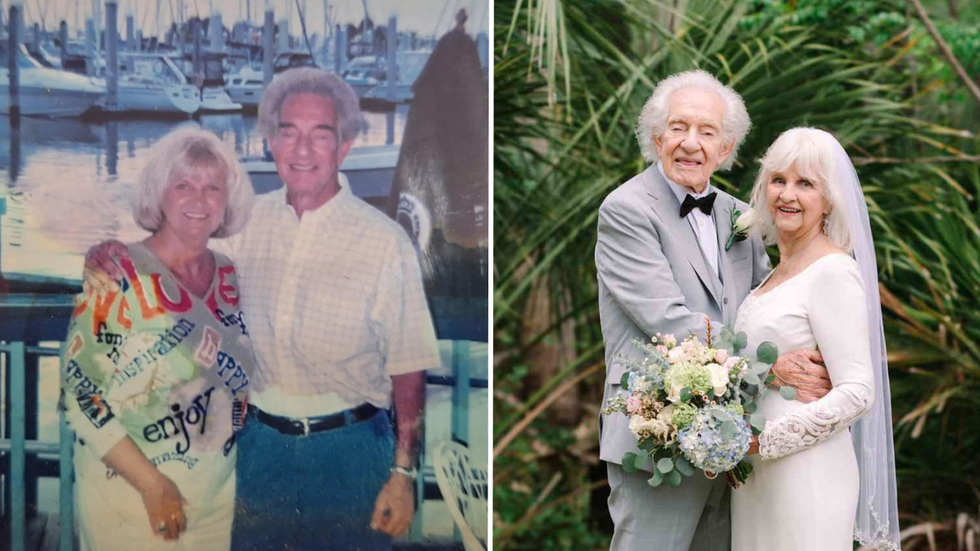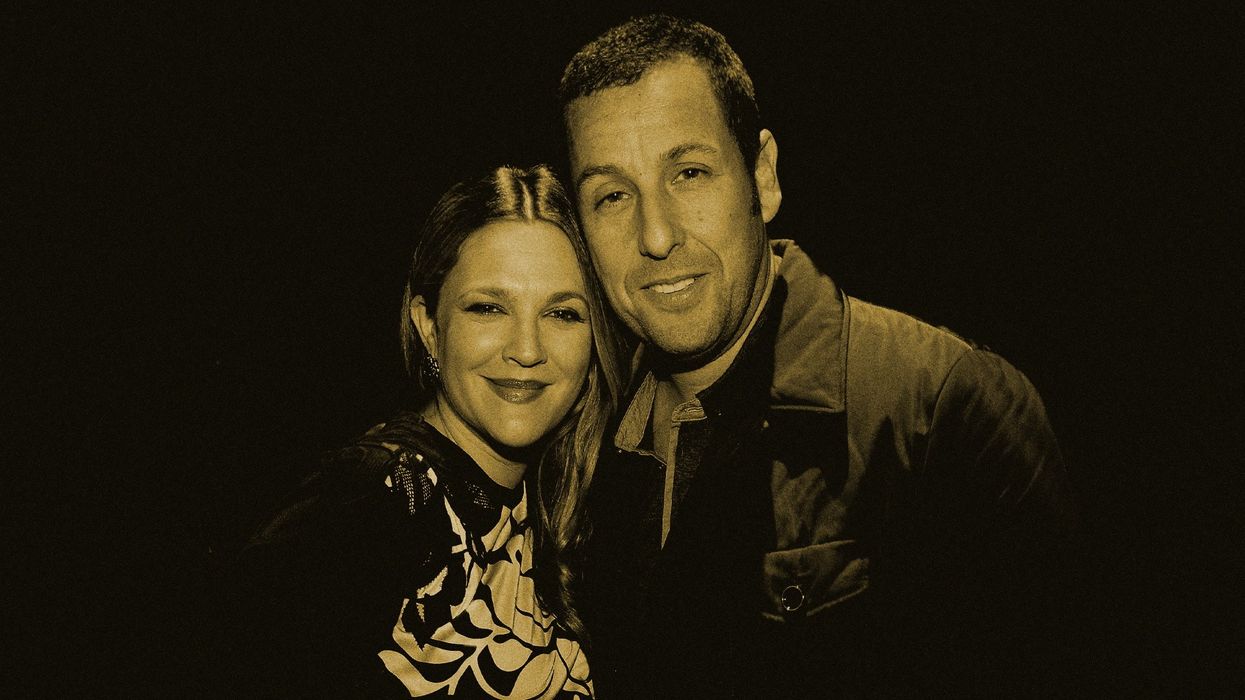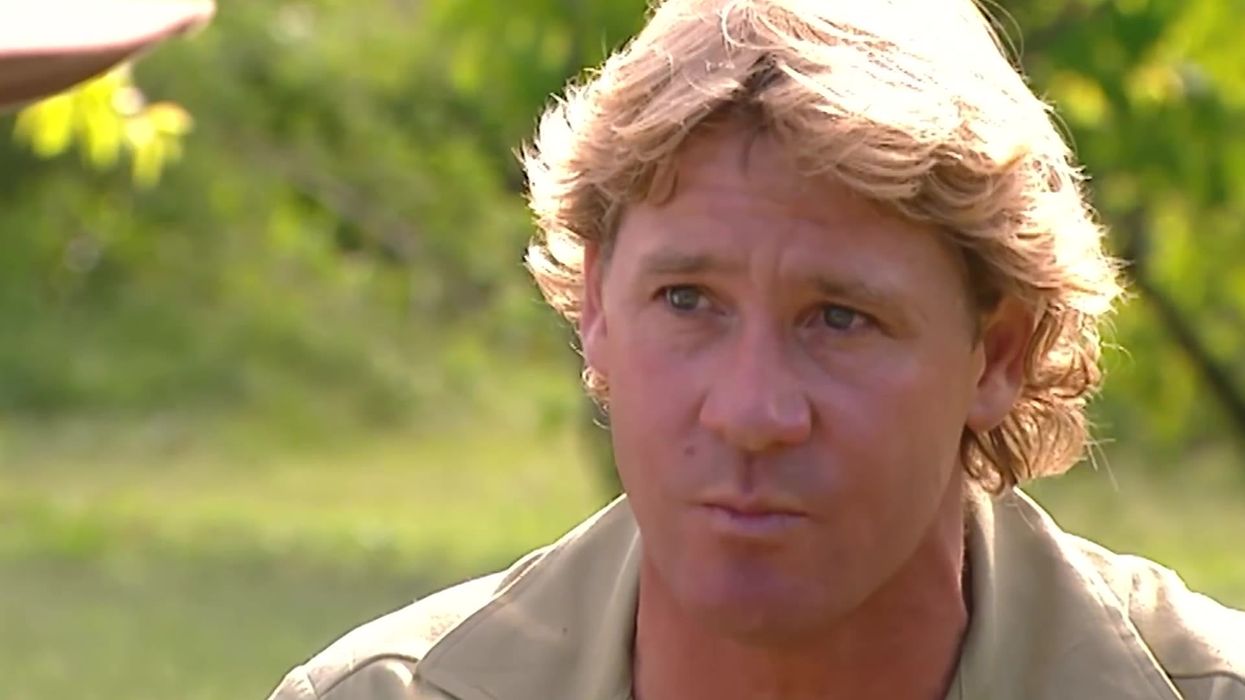
How Your Attachment Style Affects Your Relationship
From early on in our childhood, we develop an “attachment style” based on how we were cared for when we were young.
And, as crazy as it might sound, this attachment style goes on to dictate our behavior in relationships when we become adults.
This attachment style is important because it affects almost everything with regards to our behavior in relationships (and much of our life in general), from the kind of person we’re attracted to as well as how we respond to conflict and emotional challenges within those relationships.
Clearly, that’s all important. But the reason it’s important to know about attachment style, and what yours is, is because not all attachment styles are healthy. Some attachment styles lead to unhealthy and toxic patterns in relationships that will hurt you in the long run– and those you love.
Based on a study by Dr. Phillip Shaver and Dr. Cindy Hazan of the University of Denver, roughly sixty percent of people have a secure attachment style. That’s good news because a secure attachment style leads to healthy relationship habits.
However, based on the same study, the last forty percent of people have either an avoidant or anxious attachment style, both which include unhealthy relationship habits.
Wherever you stand on the attachment style spectrum, it’s important to know so that you’re aware of the habits and behaviors that are typical of those styles and how to navigate them to create healthier relationships (and, ideally, work your way over to a healthier attachment style if you’re not already).
These are the four attachment styles along with how each affects your relationships:
1. Secure Attachment
The first and most common attachment style, those with a secure attachment style tend to be happy with their relationships.
Children who develop a secure attachment style learn early on that they can depend on their parent’s love, honesty, and support but are also trusted enough to explore and be free.
This combination results in the ideal behavioral combination in relationships in adulthood where both people love one another while also respecting one another without feeling the need to be controlling.
If you’re in this category, you’re golden.
2. Anxious-Preoccupied Attachment
The final three attachment styles are less healthy and rarer than the secure attachment style above.
However, because together they still account for an estimated forty percent of people it’s important not to glance over them and assume you have a secure attachment style (as we’d all like to think of ourselves as having).
Compared to a secure attachment style, couples or individuals with an anxious-preoccupied attachment style are constantly looking for that person that will make them whole. They’re obsessed with the fantasy of finding their destined second half and are scared to death of losing them once they have them.
However, the real difficulty in anxious-preoccupied attachment style is that they tend to do things that cause the relationship harm despite how much they want to be with the other person.
They often feel insecure and question if they’re loved and if the person is going to leave them. And this becomes worse when the other person does something like make new friends, start hanging out with old friends more than before, or start working later. The anxious-preoccupied considers this a threat and can become controlling and possessive in an attempt to hold onto their partner.
Trust is incredibly important for anxious-preoccupied types and it can take time to work through this attachment style. However, having the full and unwavering support of another and developing a strong enough connection can help you overcome the challenges of this attachment style.
3. Dismissive-Avoidant Attachment
The next two attachment styles are variations of the avoidant attachment style which is characterized by avoiding meaningful contact in one of two major ways.
The first, dismissive-avoidant attachment style is characterized by the tendency to push away others and turn inward. They become almost independent and avoid meaningful connection with their partner.
They can also be very difficult to get through to emotionally as they’ve developed the ability to shut down when necessary as a form of self-protection.
We all know that not connecting with our partner isn’t the way to nourish a healthy relationship. However, those with a dismissive-avoidant attachment style have developed the habit of turning away from intimacy as a form of self-protection and this can cause a lot of pain for both people.
Dismissive-avoidant types need to learn to push through the pain of the past and open up fully to another human being. If they can do that, and be rewarded for it, it will be the beginning of conditioning an entirely new response to relationships– a more secure attachment style.
4. Fearful-Avoidant Attachment
Those with fearful-avoidant attachment style live in a constant state of anxious fear.
They float between two states of anxiety: getting too close and becoming too distant. They’re afraid of both for different reasons.
Fearful-avoidant types are afraid of getting too close because they don’t want to be hurt. However, they understand that closeness is necessary for love and are also worried about growing too distant for fear of losing the person.
The combination of these two fears can make fearful-avoidant types very unpredictable and hard to manage as you never know which person you’re going to get, which state of fear they’re predominately operating from at the moment.
Communication is critical in relationships with a fearful-avoidant type, not only so that the fearful-avoidant person can express how they’re feeling and the other person understand them better but so that the other person can express their support and love and make them feel more secure in the relationship.












